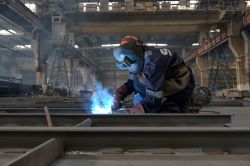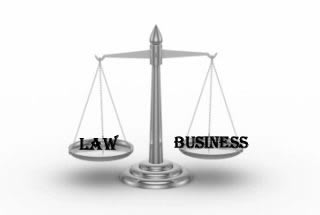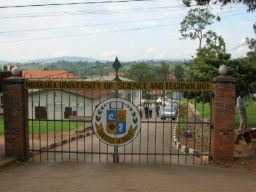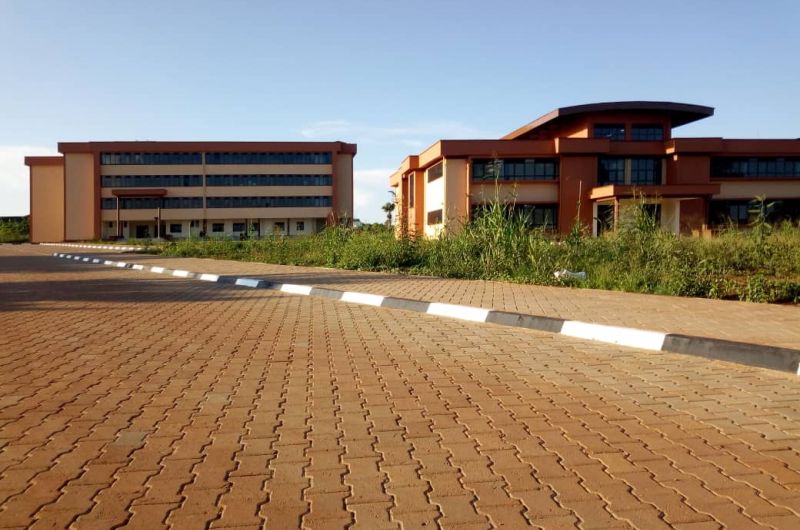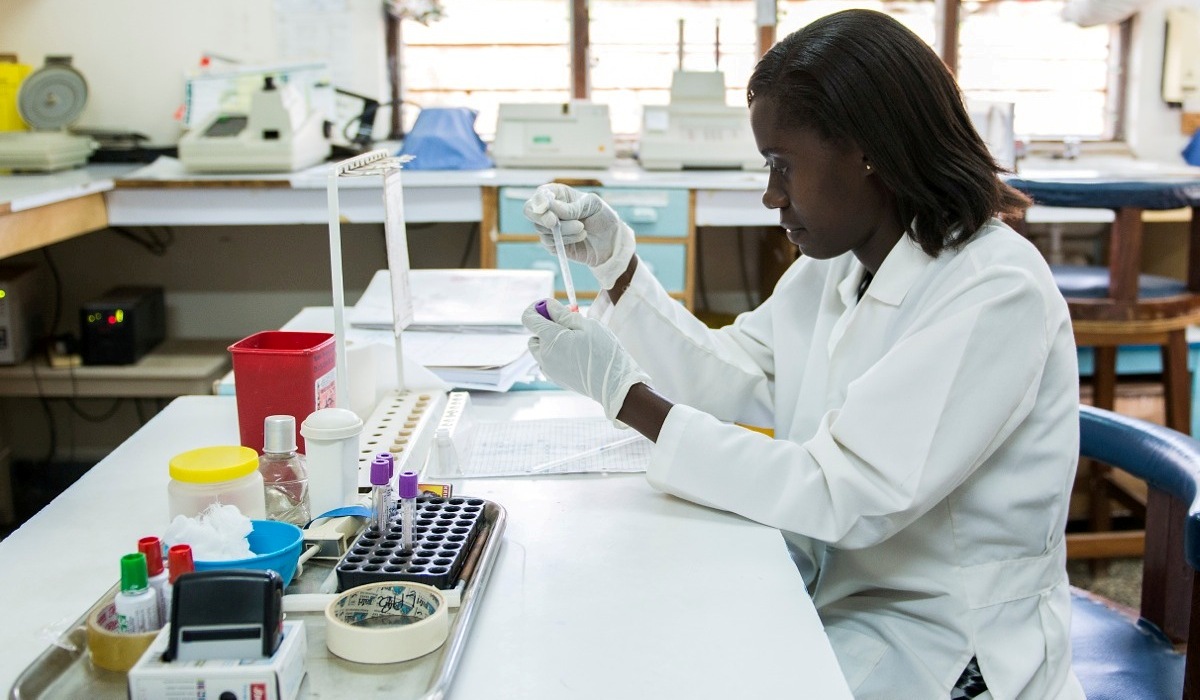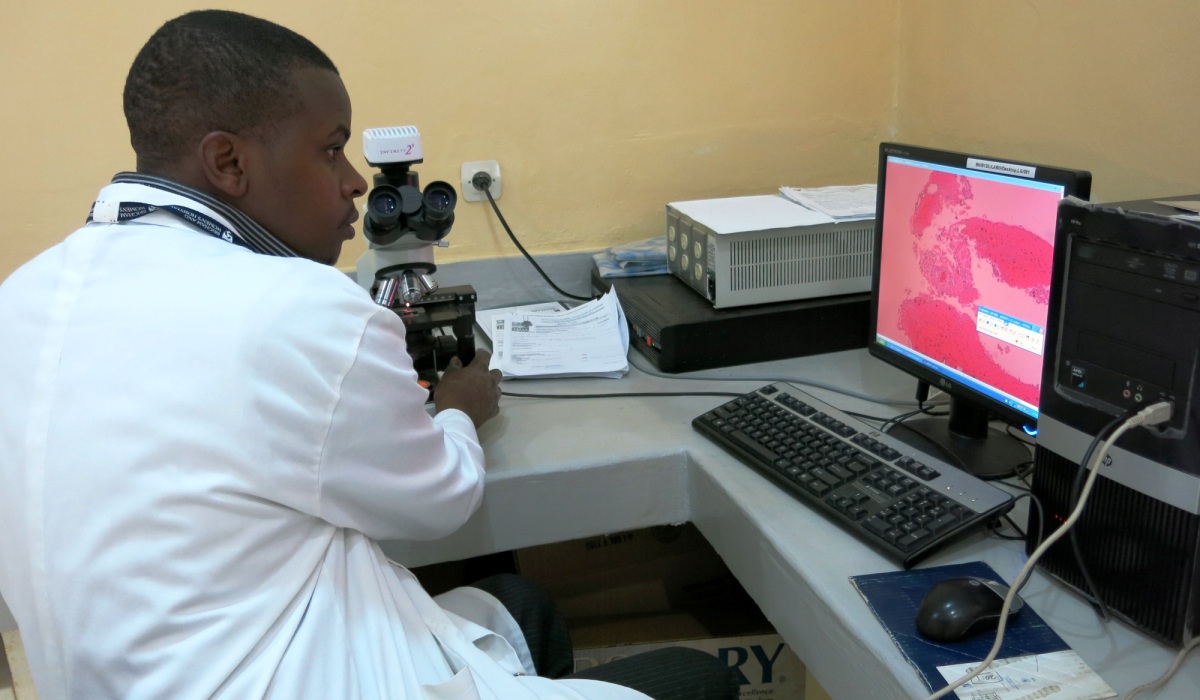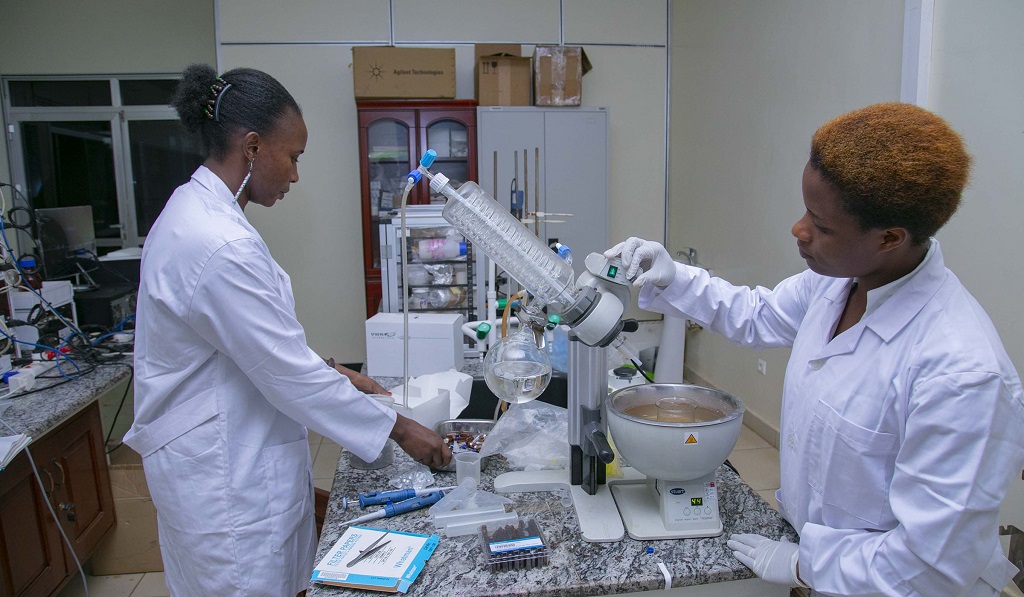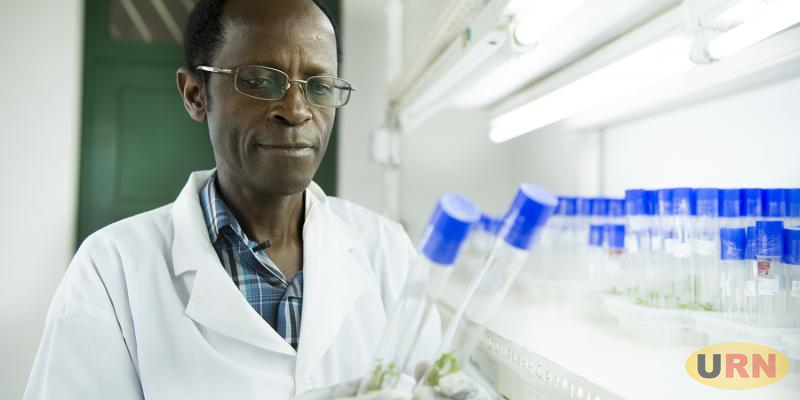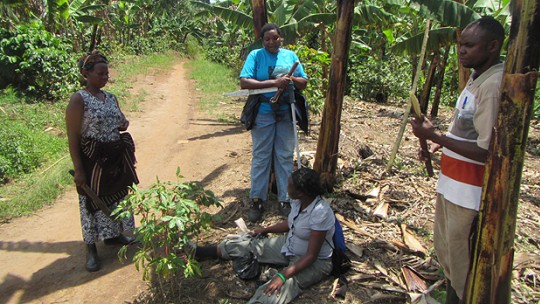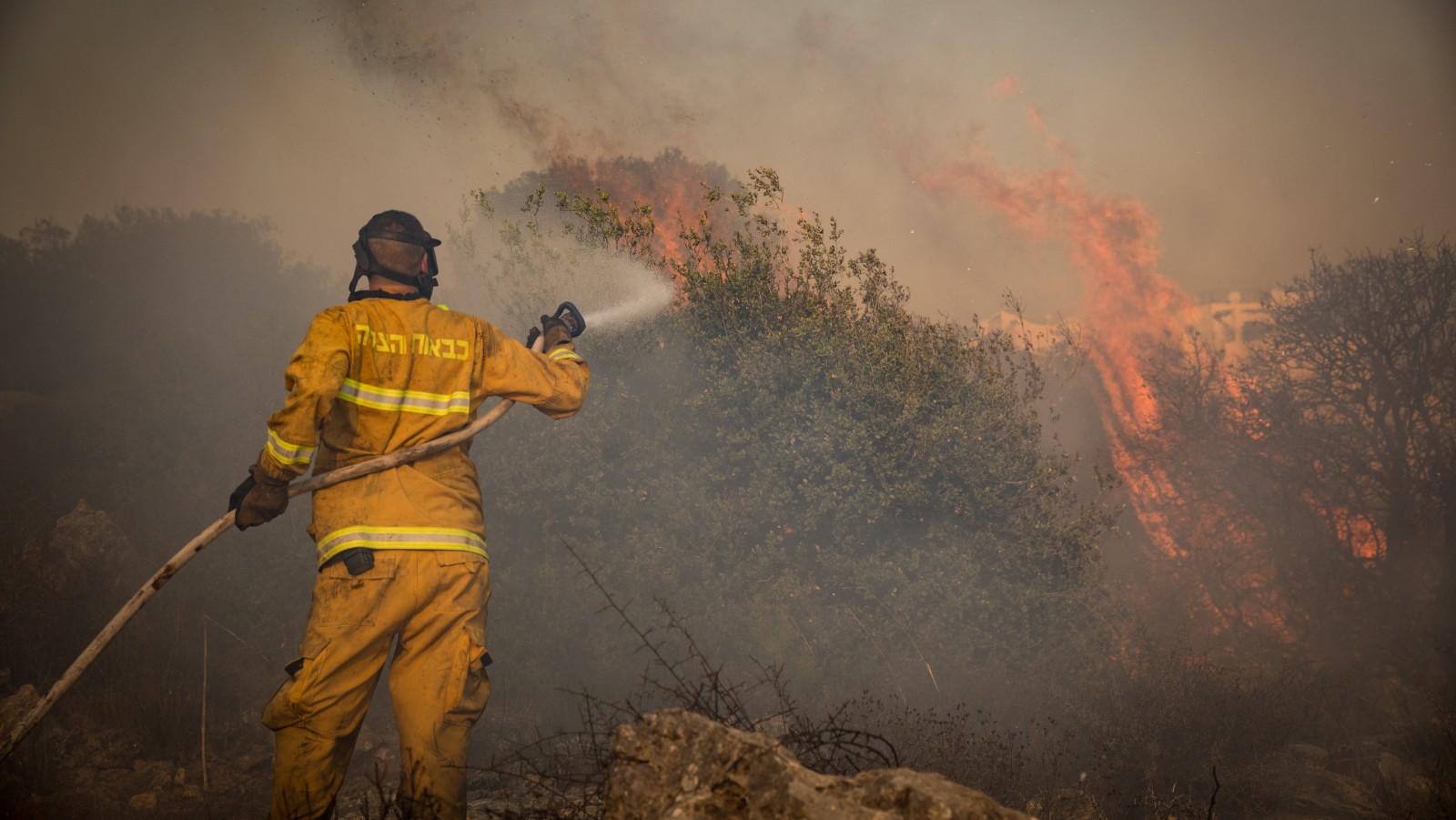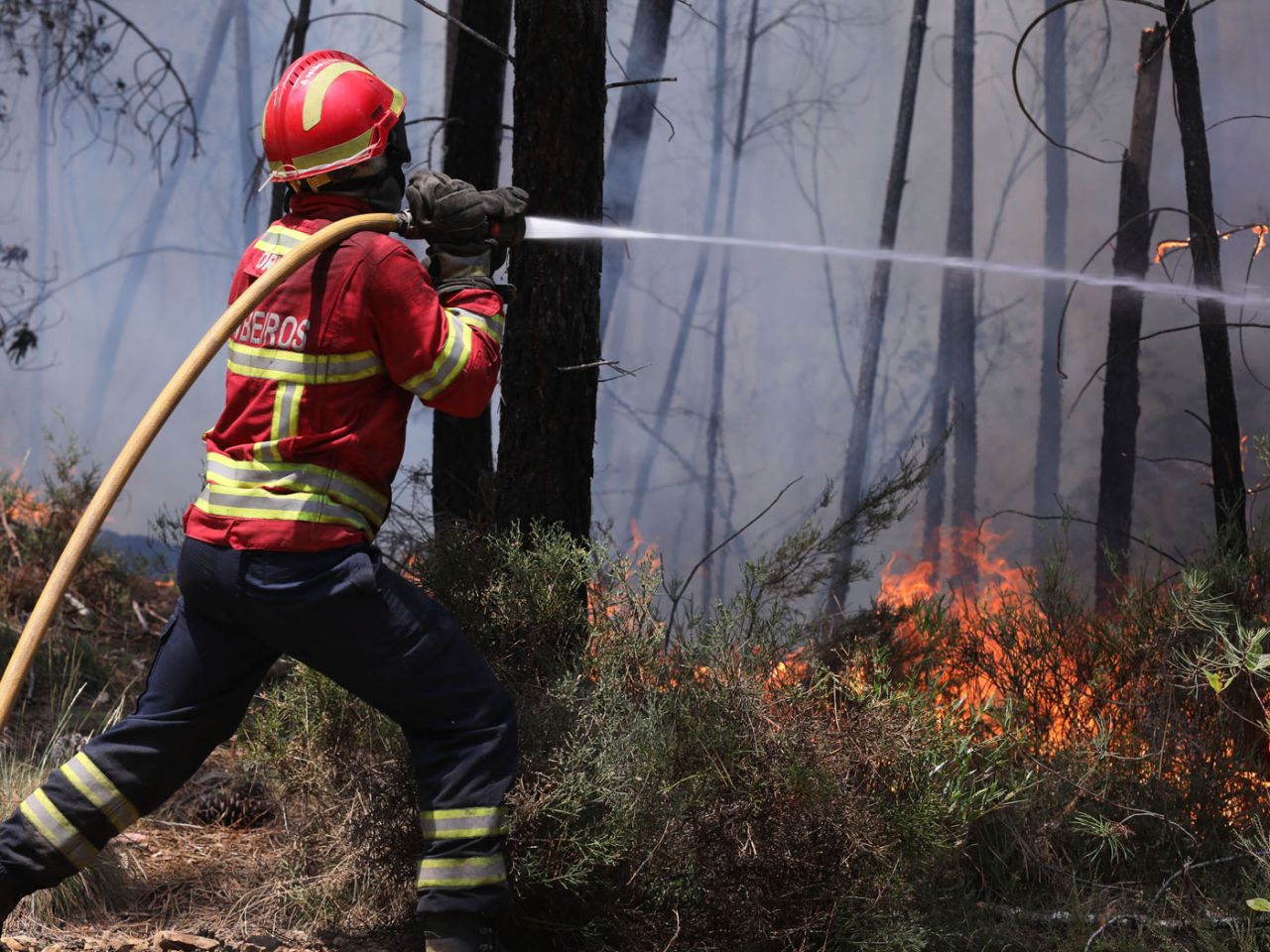Breaking News
- Flexible Remote Work Opportunity for University Students: Earn $100–$250 Per Month ...Read More
- Ministry of Education and Sports Azerbaijan Government Scholarships For 2025-2026 Academic Year ...Read More
- Government Sponsorship Undergraduate Admission Lists 2025-26 for Makerere University ...Read More
- Ministry of Education And Sports: Egyptian Government Scholarships 2025-2026 Academic Year ...Read More
- Ground Breaker Full Scholarship for girls to study Software Engineering 2025 July Intake ...Read More
- Tony Elumelu Foundation Entrepreneurship Programme (TEEP) 2025 for young African Entrepreneurs ...Read More
- DESIGNING FUTURES 2050 International Design Competition 2025 (€15,000 prize) ...Read More
- Ground Breaker Full time Scholarship for girls to study Software Engineering 2025 Intake ...Read More
- Ministry of Education And Sports Algerian Vocational Training Scholarships for 2024-2025 AY ...Read More
- Ministry of Education and Sports Advert for the Algerian Government Scholarships for 2024-2025 ...Read More
Food Science Technician
Perform standardized qualitative and quantitative tests to determine physical or chemical properties of food or beverage products.
Add to Favourites Know moreFood Scientists and Technologist
Use chemistry, microbiology, engineering, and other sciences to study the principles underlying the processing and deterioration of foods; analyze food content to determine levels of vitamins, fat, sugar, and protein; discover new food sources; research ways to make processed foods safe, palatable, and healthful; and apply food science knowledge to determine best ways to process, package, preserve, store, and distribute food.
Add to Favourites Know moreFood Server, Nonrestaurant
Serve food to individuals outside of a restaurant environment, such as in hotel rooms, hospital rooms, residential care facilities, or cars.
Add to Favourites Know moreFood Service Manager
Plan, direct, or coordinate activities of an organization or department that serves food and beverages.
Add to Favourites Know moreForeign Language and Literature Teacher, Postsecondary
Teach languages and literature courses in languages other than English. Includes teachers of American Sign Language (ASL). Includes both teachers primarily engaged in teaching and those who do a combination of teaching and research.
Add to Favourites Know moreForensic Science Technician
Collect, identify, classify, and analyze physical evidence related to criminal investigations. Perform tests on weapons or substances, such as fiber, hair, and tissue to determine significance to investigation. May testify as expert witnesses on evidence or crime laboratory techniques. May serve as specialists in area of expertise, such as ballistics, fingerprinting, handwriting, or biochemistry.
Add to Favourites Know moreForest and Conservation Technician
Provide technical assistance regarding the conservation of soil, water, forests, or related natural resources. May compile data pertaining to size, content, condition, and other characteristics of forest tracts, under the direction of foresters; or train and lead forest workers in forest propagation, fire prevention and suppression. May assist conservation scientists in managing, improving, and protecting rangelands and wildlife habitats.
Add to Favourites Know moreForest and Conservation Worker
Under supervision, perform manual labor necessary to develop, maintain, or protect areas such as forests, forested areas, woodlands, wetlands, and rangelands through such activities as raising and transporting seedlings; combating insects, pests, and diseases harmful to plant life; and building structures to control water, erosion, and leaching of soil. Includes forester aides, seedling pullers, and tree planters.
Add to Favourites Know moreForest Fire Fighting and Prevention Supervisor
Supervise fire fighters who control and suppress fires in forests or vacant public land.
Add to Favourites Know moreForest Fire Inspectors and Prevention Specialist
Enforce fire regulations, inspect forest for fire hazards and recommend forest fire prevention or control measures. May report forest fires and weather conditions.
Add to Favourites Know more















